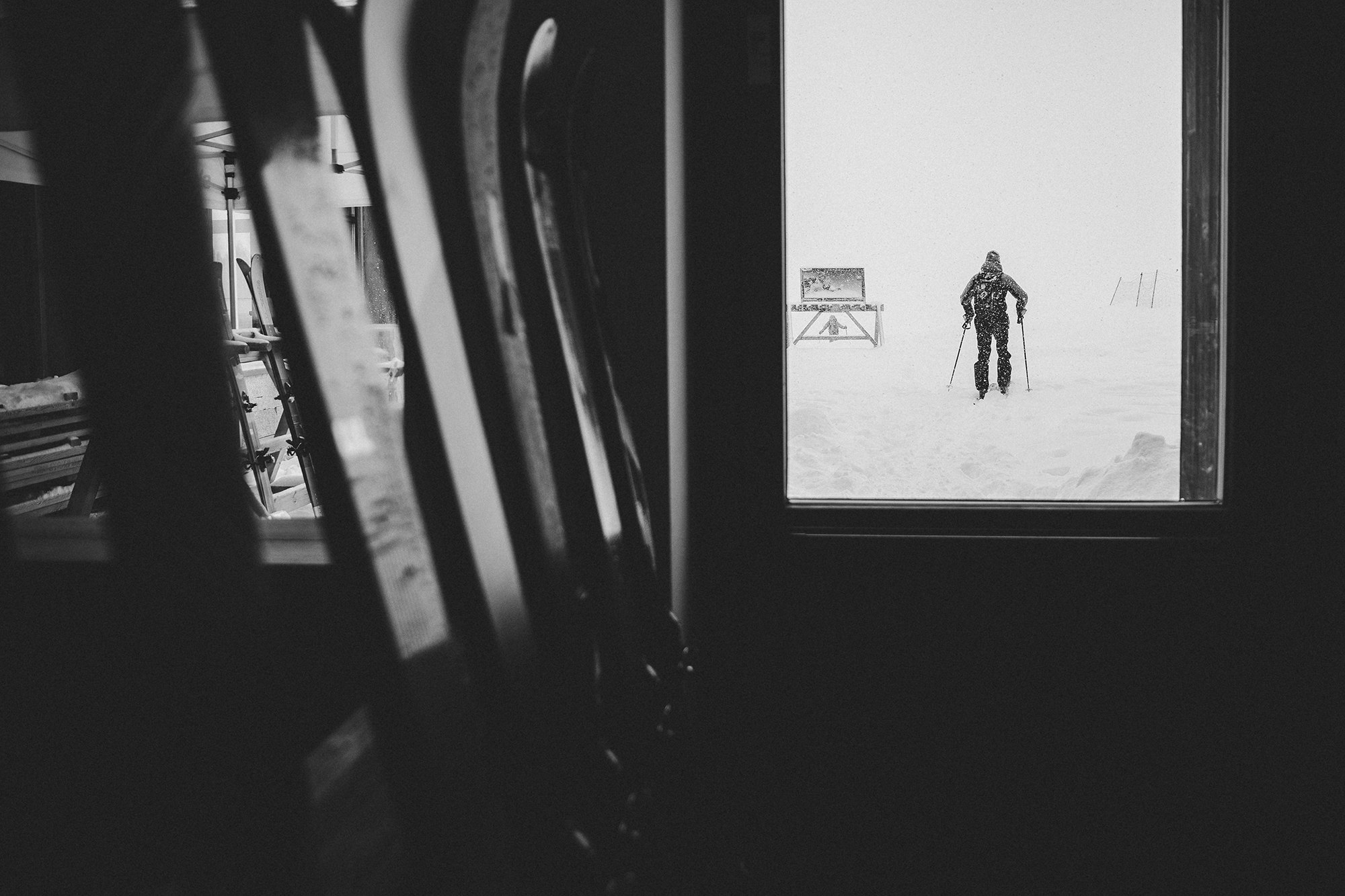Tour skis
Easier and more forgiving for more confidence in all snow conditions: for everyone (and I mean everyone)
- Author: Davide Marta
- Photographer: Nicola Damonte
In terms of skis, the formula is the same as in years past. Weights continue to oscillate around 1500 grams, or just under, at waist widths ranging from 94 to 98. The main change we’re seeing is in construction.
Whereas the precursors to this segment were reinforced with lots of fiber and the core woods were denser and more responsive (e.g. beech and poplar), now the preference is for softer woods (esp. Pauwlonia) and a dash of noble fibers aimed more at flexibility and progression than pure elastic response. There hasn’t even been that much hoped for (by us, at least) rejection of rocker, especially at the tip, despite the fact that the Alps are not exactly buried in the sort of powder you can still find in the US and Japan. In short, skis are easier and more forgiving for more confidence in all snow conditions. A dream come true? Just about. Except that you risk a rude awakening if you push too hard on packed snow, in chop, or in other challenging conditions, or just increase speed and turn radius that little bit too much. But to do that, you need to be a pro.

That’s why the best skiers feel the need to turn elsewhere for their gear. In our tests, you’ll find models with a bit more heft that definitely pay you back on the descent, but that call for a bit of technique and fitness on the ascent (and gliding in the tracks will save loads of energy compared to stomping up the slope). Not to mention the extra sidecut that can cause some difficulties on the more technical traverses. So make an informed choice based on a full awareness of your own limits.
Share this article

